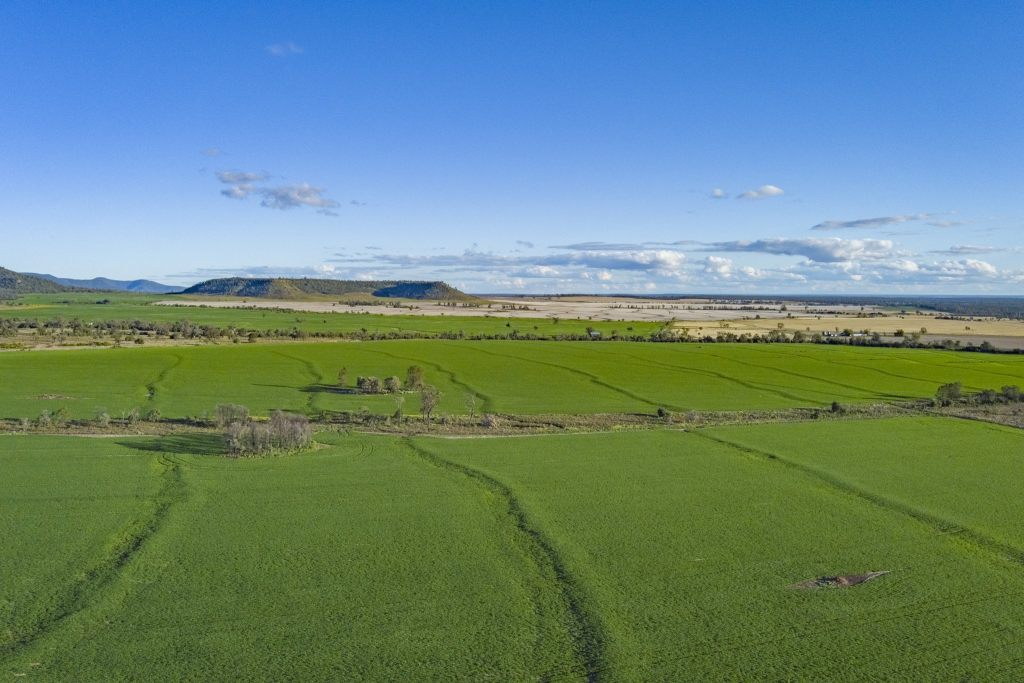Will rural land mirror the ups and downs of the housing market?

Much has been said in the media about the expected fall in housing prices in 2023, particularly if the RBA lifts interest rates from November of this year as expected. Additional reasons for the decline may be the increase in the supply of homes and affordability constraints such as rising fixed mortgage rates and tighter lending standards.
Banks including NAB and CBA have recently predicted that housing prices will flatten in the second half of this year, then decrease by about 10% next year, with an even greater decline in Melbourne, Sydney and Hobart (at 11-12%). Westpac and ANZ agree with the trend but are forecasting a lower fall in 2023. The good news is that the price drop is expected to be an orderly correction following sharp gains (a whopping 22.2 % rise over the year to November 2021).
This raises the question of whether rural properties are expected to go the same way as the housing market. As with housing, there has been a boom in agricultural land. This has been encouraged by a broken drought, high commodity prices and low interest rates. However, with La Nina cycle now peaking, it is possible we will start to move into a drier rainfall pattern. The good news for farmers is that rural land is unlikely to ride the roller coaster of housing prices.
Land prices rose a comparatively moderate 10% last year and Rabobank expects growth in land prices to continue over the next five years although at falling growth rates.
According to Rabobank, factors that will preserve growth in agricultural land prices will be high commodity prices and low interest rates for at least the next two years. For land prices to dip into negative territory, there would need to be an interruption in the strong commodity prices, high farm production levels and low interest rates, and this interruption would need to be over multiple years.
The invasion of Ukraine by Russia is expected to increase Australian grain prices even more (The Guardian), especially wheat prices. Russia and Ukraine produce over 30% of the world’s wheat exports but their usual customers are expected to switch to Australia, causing a 50% surge in wheat prices – The Sydney Morning Herald. Much as we feel for the Ukrainian people including their farmers, the fact remains that there will be high demand for the fruit of our bumper harvest and the challenge will be getting the grain to additional customers in the Middle East and Africa.
One further factor exerting upward pressure on land prices will be the continuing strong demand for land. We have seen exceptional demand for properties in the Narrabri, Edgeroi and Wee Waa districts of north-west NSW. The number of properties on the market decreased in 2020, and decreased even further in 2021.
Whether you are thinking of selling or buying land, there is much to consider. Feel free to give Michael Guest a call on 0429 921 700 for a confidential discussion of what you are hoping to achieve. It’s a complex market and a strategic approach is best!
in Latest News
Share this post
Posts this year
- October 2024 (1)
- September 2024 (1)
- August 2024 (1)
- November 2023 (1)
- June 2023 (1)
- February 2023 (2)
- November 2022 (1)
- October 2022 (1)
- July 2022 (2)
- June 2022 (1)
Archived Posts
- Posts in 2023
- Posts in 2022
- Posts in 2021
- Posts in 2020
- Posts in 2019
- Posts in 2018
- Posts in 2017
- Posts in 2016